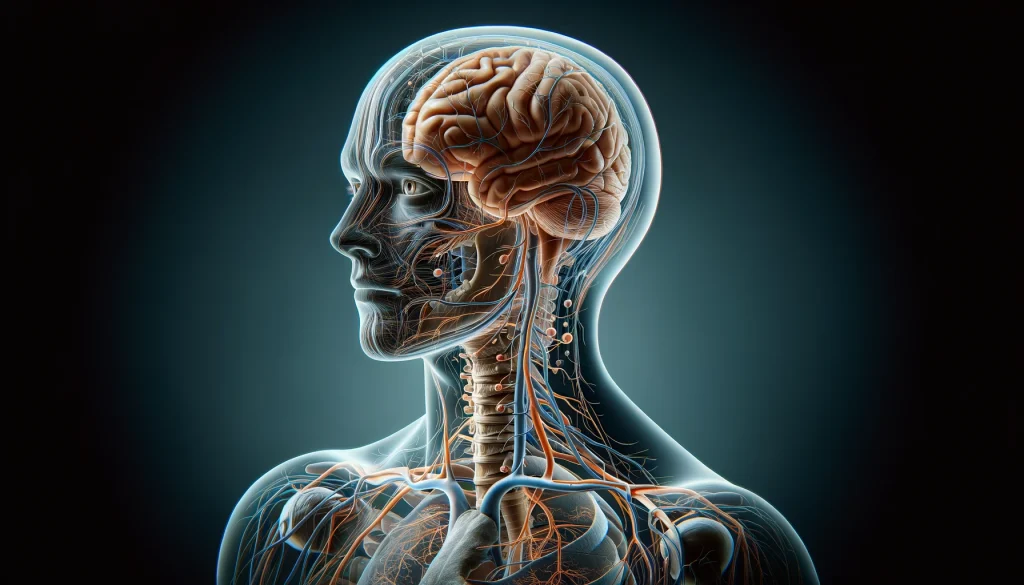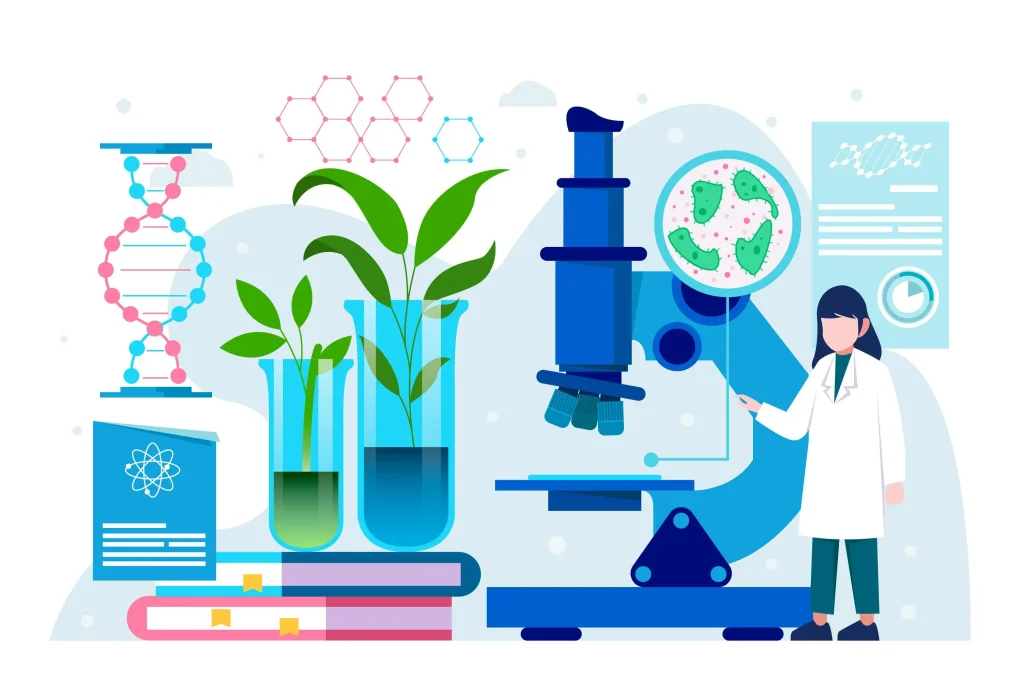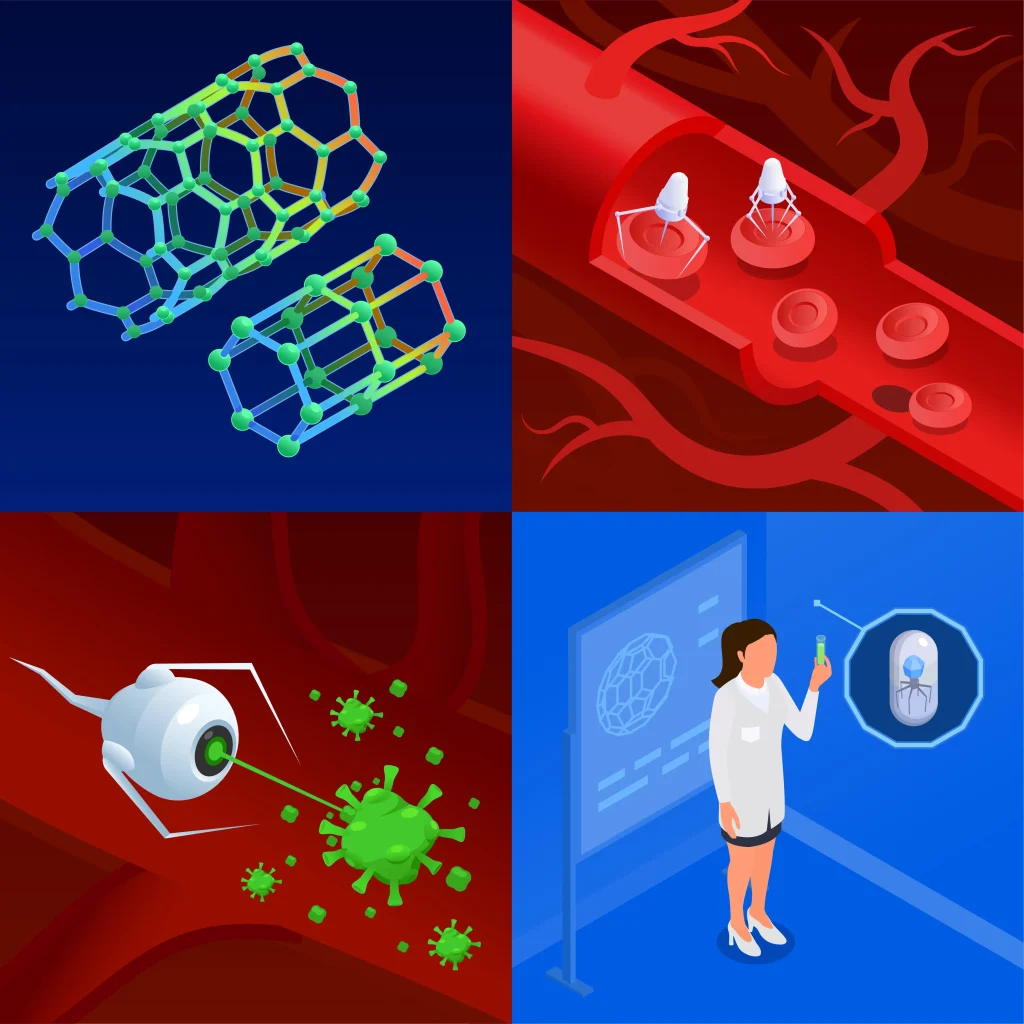Cell injury, Inflammation & Repair Notes U-1
Buy Premium
Get The High-Quality Pdf Notes on App
Basic principles of Cell injury and Adaptation
- Introduction to Cell Injury and Adaptation
- Homeostasis
- Cause of Cell Injury
- Pathogenesis of Cellular Damage
- Morphology
- Adaptive Changes
- Morphological Features of Cell Injury
- Acidosis and Alkalosis
- Electrolyte Imbalance
Inflammation and Repair
- Introduction, Clinical Signs, and Types
- Mechanism of Inflammation
- Mediators of Inflammation
- Basic principles of wound healing in the skin
- Pathophysiology of Atherosclerosis
Other Units of Pathophysiology
Pathophysiology
Other Subjects of B Pharmacy 2nd Semester
Topic wise notes of:
Human Anatomy & Physiology II
- Nervous system U-1
- Digestive system & Energetics U-2
- Respiratory & Urinary system U-3
- Endocrine System U-4
- Reproductive System U-5
Topic wise notes of:
Pharmaceutical Organic Chemistry I
- Nomenclature & Isomerism U-1
- Conjugate Dienes U-2
- Alkyl Halides & Alcohols U-3
- Carbonyl Compounds U-4
- Carboxylic Acids U-5
Topic wise notes of:
Biochemistry
- Biomolecules & Bioenergetics U-1
- Carbohydrate metabolism U-2
- Amino Acid Metabolism U-3
- Nucleic acid metabolism U-4
- Enzymes U-5
Cell Injury, Adaptation, Inflammation, and Repair – Summary
This unit provides a foundational understanding of the basic principles of cell injury and adaptation, as well as the mechanisms of inflammation and tissue repair. It begins with an introduction to key concepts such as homeostasis, and the components and types of feedback systems that maintain cellular balance.
Further, the unit explores the causes and pathogenesis of cellular injury, including damage to the cell membrane, mitochondria, ribosomes, and nucleus. The morphological changes in injured cells are also discussed, highlighting adaptive responses like atrophy, hypertrophy, hyperplasia, metaplasia, and dysplasia. Additionally, processes such as cell swelling, intracellular accumulation, calcification, alkalosis, and electrolyte imbalance are examined, along with enzyme leakage and cell death mechanisms, including acidosis.
Transitioning into inflammation and repair, the unit explains the clinical signs of inflammation and distinguishes between different types of inflammation. It details the mechanism of inflammation, focusing on vascular changes, white blood cell migration, and the role of inflammatory mediators. The unit concludes with the basic principles of wound healing in the skin and a discussion on the pathophysiology of atherosclerosis, a key example of chronic inflammation and tissue damage.
At FirstHope, we provide BPharm semester 1 notes that are topic-wise, easy to understand, and designed strictly as per the AKTU and Other Universities, hence designed according to PCI syllabus.



